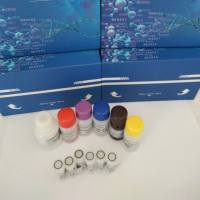A large number of studies indicate that DNA damage and mutation increase with age in human cells and tissues (1 ). Age-related degenerative disorders in which DNA damage has been invoked include heart disease and neurodegenerative conditions such as Alzheimer’s disease, amyotrophic lateral sclerosis, or Parkinson’s disease (2 , 3 ). Patients with deficiencies in DNA repair, including xeroderma pigmentosum (XP) (4 ) and ataxia-telangiectasia (A-T) (5 ) show characteristic patterns of neurodegeneration (as opposed to a failure of normal development). The implication is that failure of repair can lead to accumulation of damage and degenerative disease. XPs and A-Ts are hypersensitive to specific types of DNA damage, and the degenerative damage in patients is tissue specific. DNA in every tissue, however, is under attack from a range of endogenously formed mutagens, including reactive oxygen species, nitric oxide, reactive metabolites, and breakdown products such as malondialdehyde. A series of repair enzymes recognize and remove these types of DNA damage from the genome. Failure to repair DNA may cause the synthesis of defective proteins, which will repair DNA less efficiently, and in turn lead to propagation of further errors (6). Alternatively, oxidative damage to mitochondrial proteins might cause less efficient processing of oxygen, release of higher levels of reactive oxygen species and increased levels of background DNA damage.






